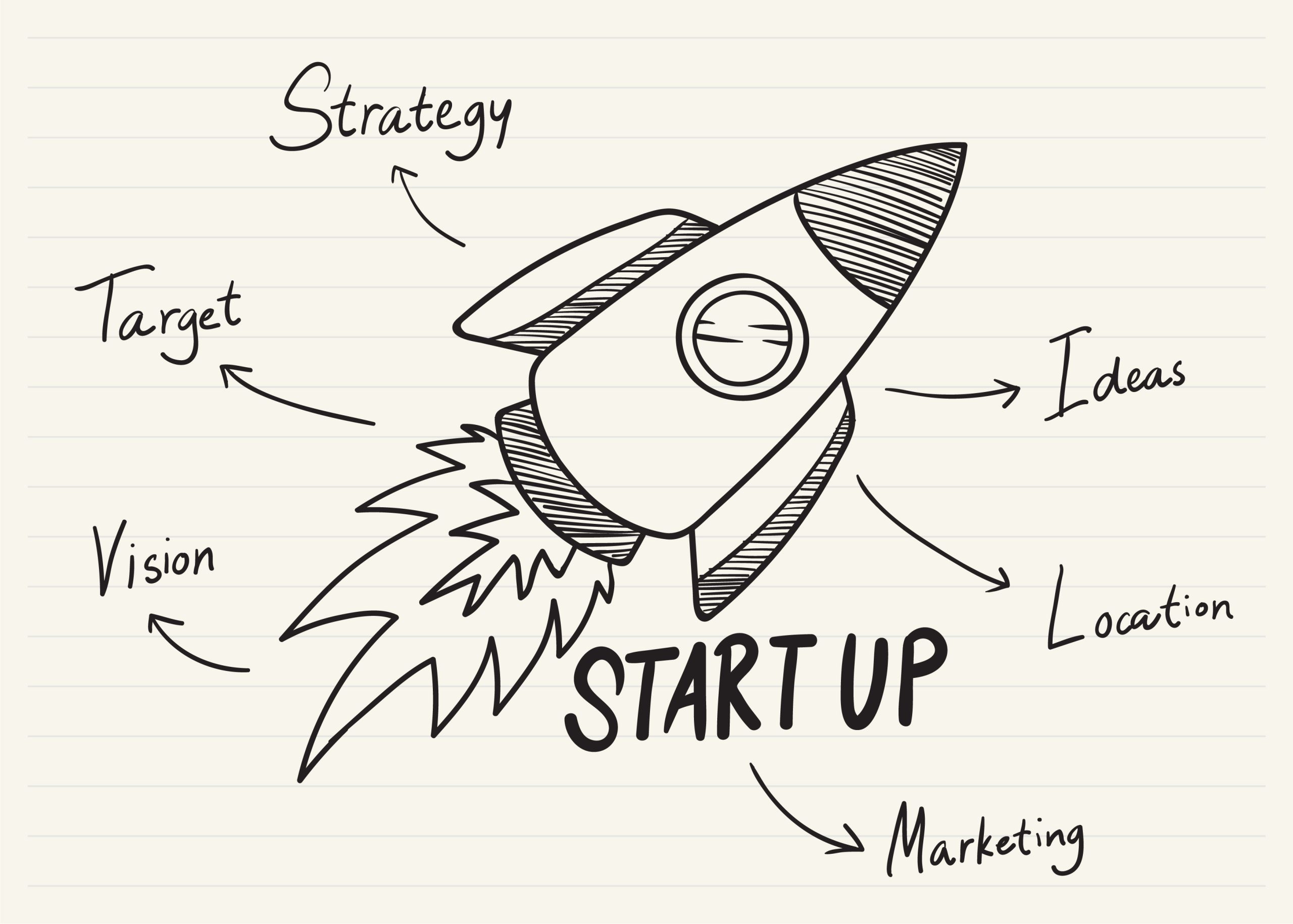Anyone stepping into the world of entrepreneurship needs to master certain terms in order to communicate effectively with investors and other actors in the ecosystem. As someone who has been in the entrepreneurship ecosystem for years, in this article I will discuss the basic concepts of the startup world.
1. General Startup Concepts
Startup: Young companies with high growth potential, often based on an innovative business model or technology.
Scale-up: Startups that have reached a certain size and have a scalable business model.
MVP (Minimum Viable Product): Product with Minimum Functionality. The first product version with the most basic features that can be released.
Product-Market Fit: The product reaches the level to meet the needs of the target market. If users like and recommend your product, you are on the right track.
Go-To-Market (GTM) Strategy: It is the plan to put the product on the market and deliver it to the target customer group.
Pivot: İis a major change in the model or product. Slack’s transformation from a gaming company to a messaging platform is a good example.
Runway: Indicates how long the company can continue its operations with its existing cash reserves (usually expressed in months).
Burn Rate: It is the amount of cash the company spends every month. Controlling your burn rate is critical to the sustainability of your startup.
Exit (Çıkış): It is the process by which the company generates returns for investors. For example, it may take the form of an initial public offering (IPO) or an acquisition by a company.
2. Investment Processes and Financing
Bootstrapping: Investment Processes and Financing.
Angel Investor They are usually individual investors who invest in early stage startups.
Venture Capital (VC): Funds that invest in startups with high growth potential.
Seed Funding: It is the first major investment received by the company in its early growth stages.
Series A, B, C: These are the investment rounds received by the company according to its growth stages.
Valuation: It shows how valuable the startup is financially.
Pre-Money Valuation: Valuation of the company before investment.
Post-Money Valuation: The new valuation of the company after the investment.
Equity (Sermaye Payı): The proportion of shares given to investors in return for investment.
Cap Table: The table showing the share distribution and ownership structure of the company.
3. Business Model and Revenue Structure
ARR (Annual Recurring Revenue): Annual recurring revenue. It is a critical metric especially in the SaaS (Software as a Service) model.
MRR (Monthly Recurring Revenue): Monthly recurring income.
LTV (Lifetime Value): Total revenue generated by a customer for the company.
CAC (Customer Acquisition Cost): The total cost spent to win a customer.
Churn Rate: The rate of customer churn over a certain period of time. The lower this rate is in subscription-based business models, the healthier the growth of the company.
4. Investor Presentation (Pitching)
Pitch Deck: It is a short and concise presentation made to investors. It usually consists of 10-12 slides.
Elevator Pitch: A short presentation in 30 seconds describing your initiative and value proposition.
Traction: The interest and growth momentum of the product in the market. It is measured by data such as the number of users and revenue growth.
Term Sheet: It is a non-binding preliminary agreement specifying the basic terms of the investment.
SAFE (Simple Agreement for Future Equity): It is a model that enables investors to invest in the company to buy shares in the future.
Understanding and applying these concepts is crucial to succeed in the startup world. Entrepreneurship is based not only on ideas, but also on the right financial strategy, business model and marketing plan. If you are just entering this world, learning this terminology will help you to establish a healthier dialogue with investors and other entrepreneurs. I wish you success!

Be First to Comment